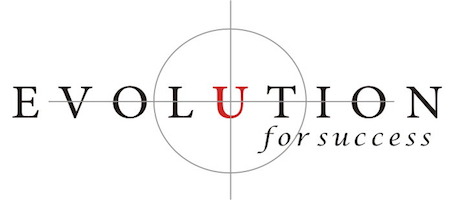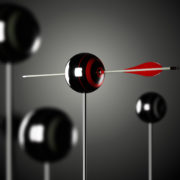Productivity Hack: increase your focus in 2 minutes by using your vision
In an increasingly distracted world, mental focus might be our most valued asset. And with many of us working from home, there is even less delineation between our work life and home life making it even harder to focus and concentrate on the task in front of us. We jump from one zoom call to the next, emails keep coming, and our homelife makes its way into our work day at random times.
But while concentration and focus might be in short supply at times, there is a growing understanding in the scientific community that vision and breathing –both of which we can control voluntarily– directly affect the brain and our emotional states. That means we can consciously alter our vision or our breathing to bring about a state of alertness or a state of calm for instance, or even a state of focus.
Most of us have heard about changing your breath to either increase your energy or to calm down, but you can also consciously alter your vision to tap into your ability to focus.
In effect, you can use your vision as a shortcut to boost your concentration and lean harder into productivity
Strategy #1: Intentionally narrow your vision to engage your mental focus
Your eyes are designed to determine your state of arousal. In a high alert state, your pupils dilate and you start seeing one thing in sharp focus and everything else disappears. Mental focus follows visual focus. In other words, once you are focusing intensely on something visually, your mind follows and concentrates on that. The visual focus is what brings the brain into cognitive focus.
Armed with this information, you can bring on a state of alertness voluntarily. Consciously narrow your vision when you need to concentrate on something. Put intense visual focus onto what you need to laser in on. Go into “Portrait Mode” and let everything else fall into the background. By deliberately narrowing your vision, and blocking out all visual distraction, you’re sending a clear message to your brain about what matters and what needs its energy.
Strategy #2: Take “focus breaks” to help you lean harder into your work.
Interestingly, micro-recoveries in between highly focused work sessions can help us focus even better in the next work session. Think of it as a sort of mental HIIT.
You want to deliberately decompress between sessions of intense work/focus.
You can do that by periodically widening your vision like you do when viewing the horizon. Changing your gaze to this panoramic vision will relax your brain and turn off the alertness mode in your brain which will allow your mind to destress. In effect, when you widen and relax your gaze you’re hitting the “reset” button so you can handle the upcoming load.
Learning how to de-focus and re-focus very rapidly is a hugely practical skill to reduce the strain of stress, so you can get back and lean harder into the work again.
For instance, when you walk out of your meeting, don’t dive into your phone to check your emails or hop on social media. Staring at your phone narrows your vision and does nothing to help your brain recharge. Instead, give yourself a couple minutes before you re-engage into work. Go into panoramic vision: relax your gaze, relax/lower your alertness. Do the same when you get off a call or complete a highly focused work session. Intentionally relax your visual focus periodically to boost your mental focus on the things that matter.
Practice toggling between narrow intense focus, and lowered alertness whenever you can. By relaxing your autonomic nervous system, you will be able to lean into the stress better and be more productive in the session that follows that small break.




